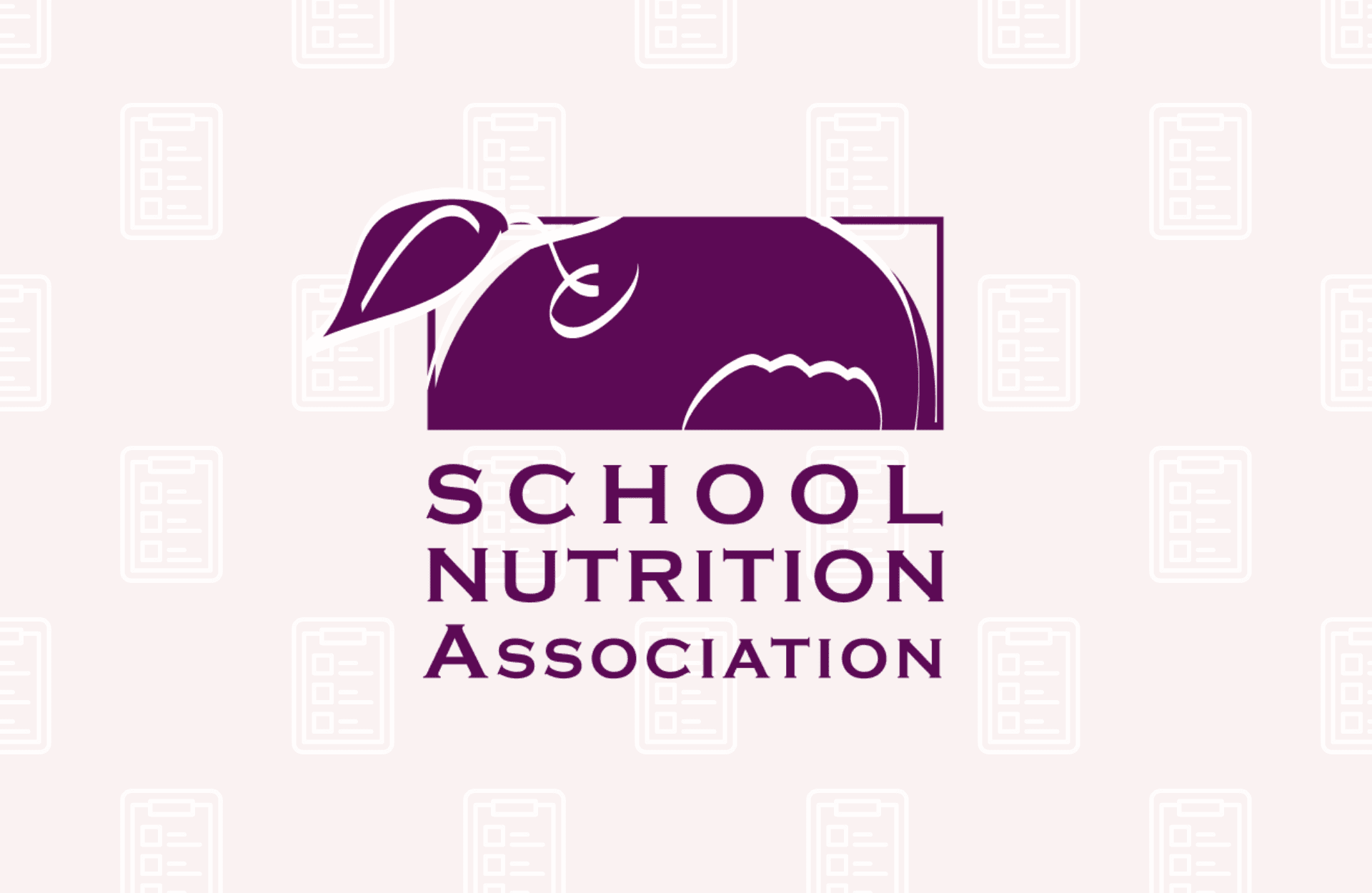FOR IMMEDIATE RELEASE:
Contact: Diane Pratt-Heavner
301-686-3124
media@schoolnutrition.org
SNA’s 2012 Back to School Trends Report: School Cafeterias Find Creative Ways to Meet Healthy New School Meal Standards
2012-08-13
NATIONAL HARBOR, MD (August 13, 2012) – School Nutrition Association’s (SNA) 2012 Back to School Trends Report shows that school foodservice professionals are finding creative ways to prepare and serve school meals that meet healthy new nutrition standards.
New federal nutrition standards require schools to offer students more fruits, vegetables and whole grains and to limit the sodium, calories and saturated and trans fat in school meals. SNA’s report, which includes survey responses from 579 school districts across the country, provides insight into how school cafeterias are enticing students to both try and to accept the healthier choices offered.
Most notably, cafeterias are serving fruits and vegetables in a variety of ways to appeal to students’ diverse preferences. In addition to produce offered in the traditional serving line, over 55% of responding school districts have self-serve salad or produce bars.
For students in a hurry, more schools are providing convenient grab-and-go options. Nearly 64% of respondents offer pre-packaged salads, 87% offer whole fruit and 67% offer packaged produce, like bags of baby carrots, grapes and sliced apples that students can eat on the run or toss in their backpacks for later. Many districts are purchasing produce from local farmers – over 60% of respondents say they will purchase locally-grown or locally-raised items in the coming school year.
All respondents are serving whole-grain rich items in their school cafeterias, with nearly every district offering whole-grain breads/rolls/buns. Over 80% of districts are offering whole-grain pastas, rice and cereals, and 78% report serving whole-grain tortillas, pitas or flatbreads.
Schools have also taken steps to make kid favorites healthy choices. In 42% of responding school districts, pizza is the most popular lunch entrée served, but over 92% of districts are serving pizza with a whole-grain rich crust. Districts also report serving student favorites that are low-sodium, low-fat and reduced sugar.
Virtually all respondents (94%) use some method to encourage students to try these new menu items, with over 87% employing student taste testing/sampling methods. Districts get students involved in the menu selection process by allowing them to taste test and provide feedback on potential new foods or recipes. Through taste tests, cafeterias gain valuable student insight which helps them identify healthy choices that students are interested to eat. And when introducing new menu items, many cafeterias offer students free samples, giving students the chance to taste an unfamiliar food before they commit to selecting that item as part of their meal.
With tight budgets, schools have faced significant challenges as they redesign their menus and work to meet the new nutrition standards. Over 90% of districts anticipate an increase in food costs in the coming year and over 67% of districts anticipate that the federal reimbursement for school meals ($2.86 for each free meal served) will not cover the cost of producing the meals. Nearly 64% of respondents have increased lunch prices for at least some of the schools in their district for the 2012/13 school year, with the average cost increase falling at about 11 cents per meal.
The new nutrition standards come at a critical time as more of America’s needy students rely on the National School Lunch Program, which serves nearly 32 million students each school day. Over 71% of responding districts reported an increase in free and reduced price meal participation.
“For too many of America’s school children, school lunch is the only balanced meal they will receive all day,” said School Nutrition Association President Sandra Ford, SNS. “School foodservice professionals are working hard to provide students with the healthiest meals to help them succeed in the classroom and beyond.”
Media seeking more information on SNA’s 2012 Back to School Trends Report may contact Diane Pratt-Heavner at 301-686-3124, media@schoolnutrition.org.
The School Nutrition Association is a national, non-profit professional organization representing 55,000 school nutrition professionals across the country. Founded in 1946, SNA and its members are dedicated to making healthy school meals and nutrition education available to all students. SNA’s website for parents, www.TrayTalk.org, features school nutrition success stories from across the country.
2012 Back to School Trends Report
Related Articles

SNA Conference Offers School Meal Innovations
Read More

SNA Urges MAHA Commission to Invest in School Meals
Read More




